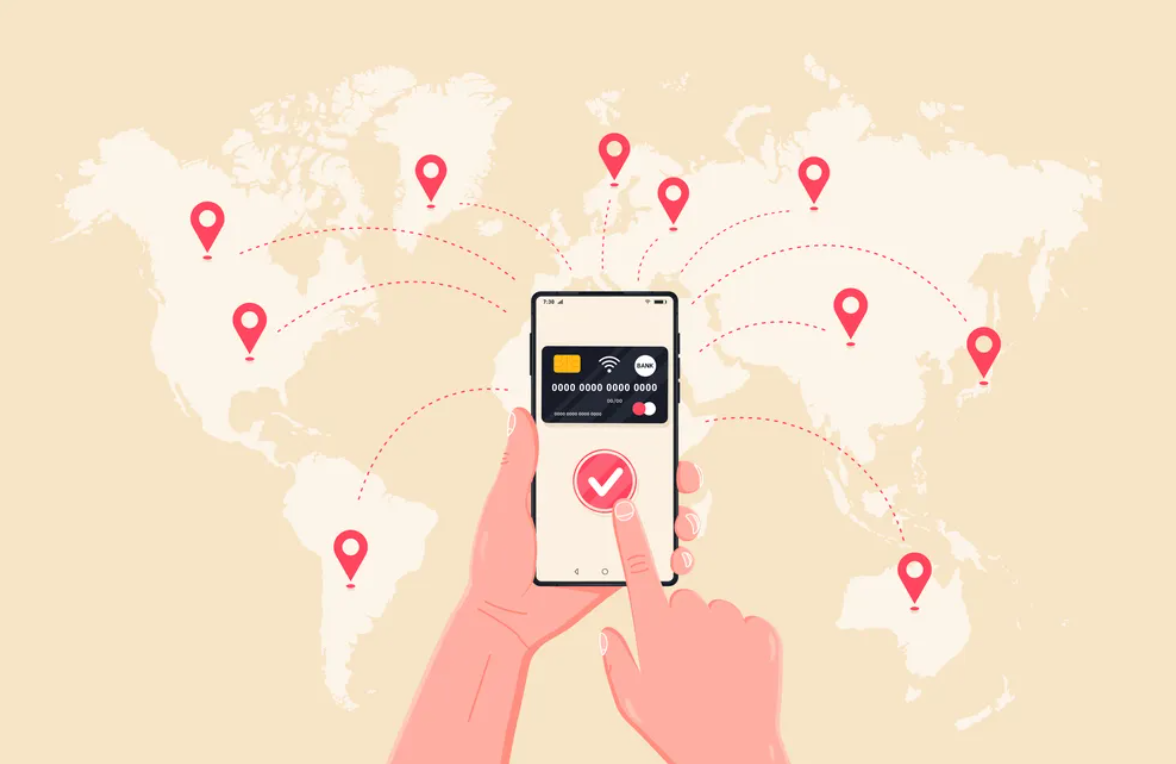Notifications
5 minutes, 0 seconds
-375 Views 0 Comments 0 Likes 0 Reviews

In 2021, G20 leaders set out to improve the speed, cost, access and transparency of cross-border transactions with well-defined and quantifiable requirements. While governments are playing their part to achieve the target for 2027, financial institutions must incorporate the latest trends across retail, wholesale, and remittance segments to stay relevant in the dynamic global money movement space. This blog covers the top 5 trends to keep you on track.
The council has initiated a work program to review current trends, developments, scope, and impact of improvements. Additionally, the committee will examine how technological advances, the emergence of new market players and payment channels, and customer needs may impact the cross-border remittance space. A common goal among the nations backing the proposal is to create new avenues of global growth and reduce the dependencies on informal remittance channels. These can be instrumental in curtailing money laundering and terrorist funding.
McKinsey envisions a future where $1 transactions may “become profitable.” However, the experts recognize that though price competition will intensify, materializing profitable $1 transactions for the B2B segment will remain a distant dream for at least 5 years. A quick reality check reveals that transactions in the main corridors with a high volume are significantly cheaper than less common ones. This is because FIs face the challenge of closing the price and efficiency gap between cross-border and domestic payments by at least 90% to make them accessible and inclusive.
Just like Thailand has formed Paynow-PromptPay and DuitNow-PromptPay linkages with Singapore and Malaysia respectively, governments of other nations may also enter similar contracts. Nations will consider forming supportive policies and regulations to facilitate seamless real-time cross-border transactions. DEAs are set to govern the rules and smart regulations for exchanging payment messages and transacting via digital channels. South East Asia, the most rapidly growing hub of digital payment enablement, may also pioneer a form of license pass-porting mechanism for FinTechs and payment enablers. This will allow them to provide services in nations other than those they hold licenses for. The primary differentiator for payment solutions will be the breadth of interconnections supported by an FI infrastructure.
Effectively, the fragmentation through the value chain will become increasingly invisible to the customer. Innovative payment solutions, such as BNPL will extend from retail into B2B, trade, and SME financing realms driving inclusion and creating growth opportunities across borders. This will encourage FIs to offer unified customer experiences despite the fragmented production of financial products and services.
Read More: Top 5 Cross-Border Payment Trends to Look for in 2025

